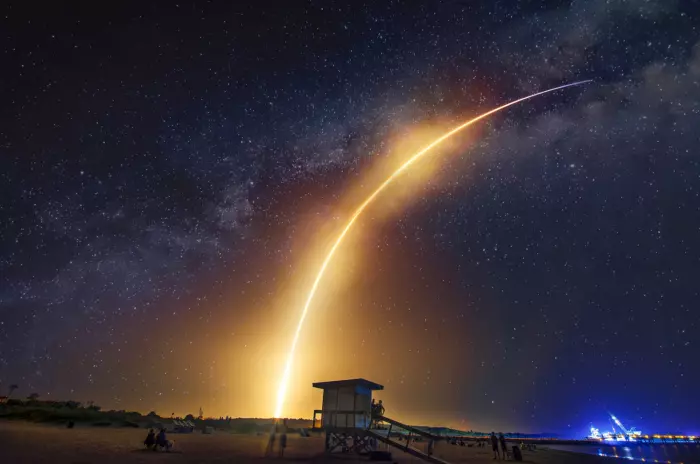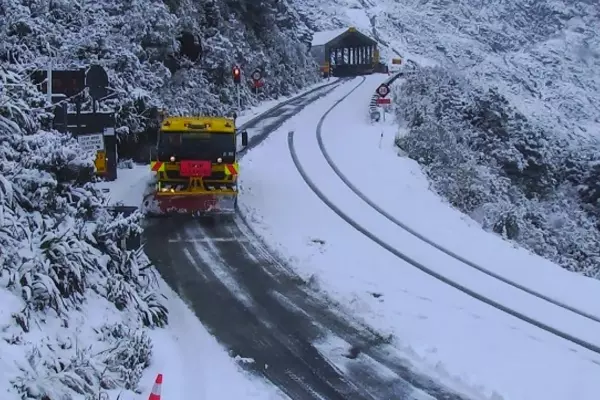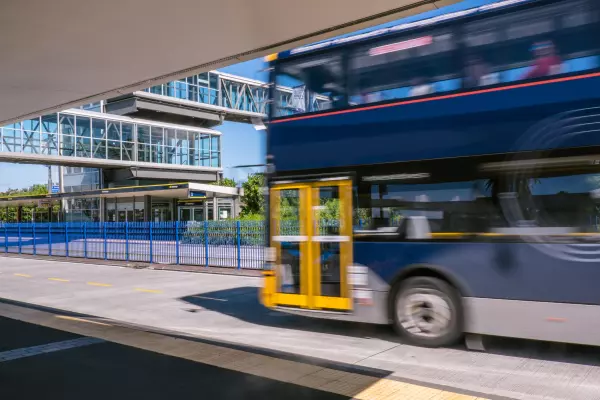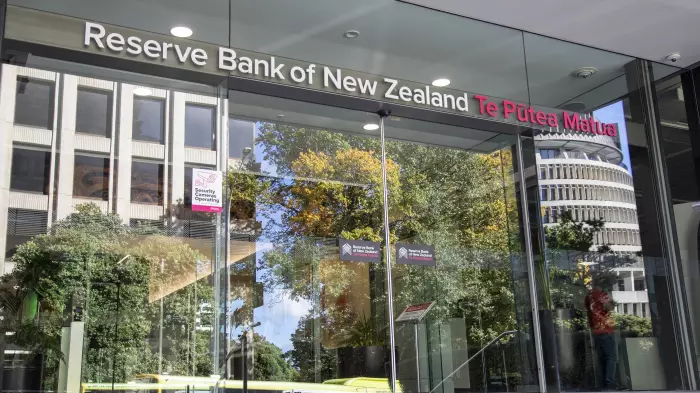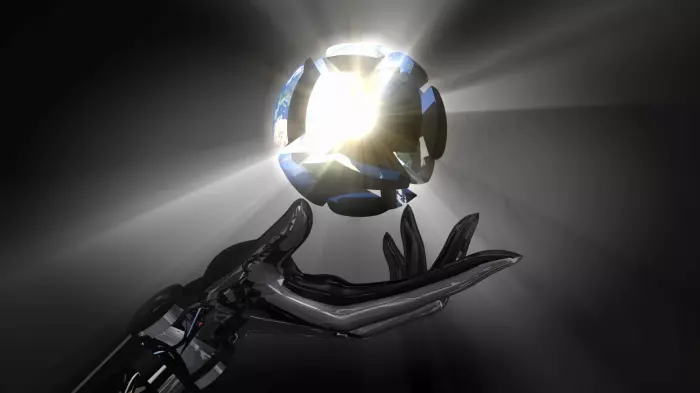Using a satellite to connect to the internet is not a new idea. People in New Zealand’s remotest areas have used them for decades. Yet the coming wave of low earth orbit satellites or LEOs mark a technology shift on a par with moving from copper to fibre.
Your grandparents’ idea of satellite internet involved a handful of big geostationary satellites operating in a high orbit somewhere near the equator.
They required a lot of power at both ends, huge dishes pointed at the horizon and, you’ll notice, that until this point we haven’t mentioned the word ‘broadband’.
That’s because their performance was closer to dial-up internet than any modern technology.
Contrast this with constellations of LEOs circling the globe much closer to ground offering data speeds closer to what you might see on fixed wireless broadband. On a good day, performance can approach what you might see on a modest fibre plan.
Satellites in high orbits cover a lot of ground, but their low numbers mean many customers must share limited bandwidth. And their distance means it takes a long time for a signal to travel from a customer’s dish to the satellite and back.
This means they have poor latency, which means they can struggle with demanding applications like video conferencing or cloud computing. The technology works, but you’d only use it if there was no other choice.
In comparison, LEOS have much lower orbits, so signal round-trip times are lower. Latency is a long way behind fibre but it manages to make many more applications practical.
Low orbits mean a smaller footprint, which is why there are so many satellites in a LEO constellation. They need less power, which makes for smaller, more flexible ground equipment.
At the time of writing, SpaceX has more than 2100 small satellites in its Starlink network. SpaceX’s goal is to push this number up to 10,000 over the long term.
It’s not just Starlink, soon New Zealanders in remote parts of the country will have three or four low flying satellite broadband networks to choose from.
Starlink is the first LEO network to offer services in New Zealand, but it won’t be alone for long. Amazon plans to build a similar network called Kuiper. OneWeb is another rival.
A similar project is planned by a consortium of three European satellite companies. Samsung has plans and so does the Chinese government. LEO is already used by the Iridium phone system.
Realistically these projects won’t all get off the ground. The market doesn’t have enough room and raising finance will be tough for late entrants.
Yet you can expect to see a handful of international players, say three or four, offer satellite broadband in New Zealand.
As mentioned earlier, the older satellite technology was for people who didn’t have much choice. Its performance wasn’t competitive with ground-based alternatives. That’s still the case, but the gap has closed.
Early adopters of Starlink experienced something like the rain-fade effect that troubled Sky TV satellite users. During storm weather the service speed can fall and there are even dropouts. It’s temporary but makes it hard to use streaming at those times.
There can also be brief gaps in coverage where there is no overhead satellite. That problem should be fixed as SpaceX launches more satellites.
For now, SpaceX appears to manage the number of connections, so the network isn’t seeing congestion at peak times, but that may change if Starlink grows in popularity. There was also an incident where local Starlink customers were briefly shut out of geographically restricted services like TradeMe because the traffic appeared to be coming from overseas.
Another reason satellites failed to take off in the past is cost. The service was expensive to use, and customers needed costly and tricky-to-manage hardware to connect to the networks. While LEOS use smaller dishes than earlier satellites, they still need expensive terminals with mechanical parts.
Reports from overseas suggest it costs SpaceX from US$2000 to US$3000 to make the terminal. These sell for NZ$1040 in New Zealand, even with a heavy subsidy from SpaceX that is a substantial upfront investment. A monthly service costs NZ$159. In recent days Starlink increased prices for overseas customers by 20% – that price rise has yet to reach New Zealand.
With fibre reaching about nine in ten New Zealand homes and terrestrial technologies including the Rural Broadband Initiative and the Rural Connectivity Group filling in many of the gaps, LEOs will mostly remain a niche option for a small number of users for now. Longer term, if performance improves and prices drop, it’s possible they could be competitive with wireless broadband services. But that day, if it comes, is still some distance in the future.
This story was paid for by Chorus, which is a sponsor of BusinessDesk's technology section.


